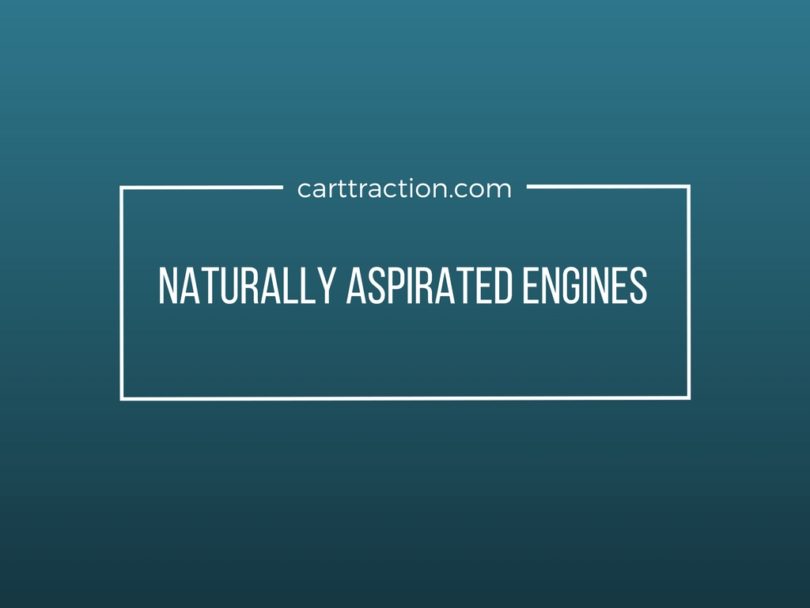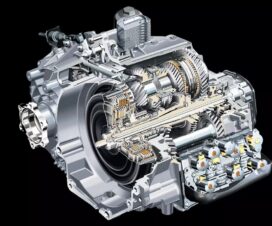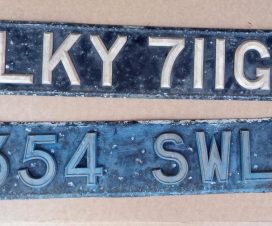 |
Most manufacturers are now using turbocharged engines as they offer more power and better efficiency than the naturally aspirated engines. However, while this is true, it looks like this is not the entire story. A naturally aspirated engine gets its combustion air with the help of the atmospheric pressure with the help of the vacuum created by the piston as it goes down. This is not the most efficient way for combustion, but it is one of the simplest out there. Thanks to that the engine has excellent reliability and it usually offers better fuel efficiency than a regular turbocharged engine.
Better Fuel Efficiency?
In most tests, turbocharged engines tend to use less fuel and emit less CO2 than the same displacement naturally aspirated engine. While this is true, the naturally aspirated engine will actually use far less fuel at full throttle than a turbocharged powertrain. This is because a turbocharged engine basically has a larger displacement with the help of the turbocharger which injects far more air than in a naturally aspirated powerplant.
Naturally Aspirated Engines – Any Advantages?
Even though naturally aspirated engines are getting rarer as the times goes by, they are still highly regarded by car enthusiasts. These engines offer a direct throttle response which is otherwise impossible to their more powerful counterparts. On top of that, these types of engines usually offer far better reliability than a regular turbo engine. The maintenance is also far easier, and usually cheaper, on a naturally aspirated engine, so it is preferred on cheaper cars.
Good Performance?
Even though naturally aspirated engines might be used in economy cars, many high-performance applications are using these types of engines. These come with many technologies in order to help them develop as much power as possible. In fact, things like variable valve timing, which works for both the intake and exhausts valves, as well as variable intake length, can be used on these types of engines. These upgrades will not affect the direct response of the engine, but they will give it a far wider torque curve as well as a more linear power band.
With sufficient fuel and a really capable intake plenum, a large naturally aspirated engine will almost always provide more than enough power for any application. However, it usually has a limited amount of torque which is anyway provided at really high RPM. This is because at low RPM there is simply not nearly enough air inside the cylinders in order to allow the engine to run at its peak efficiency.




